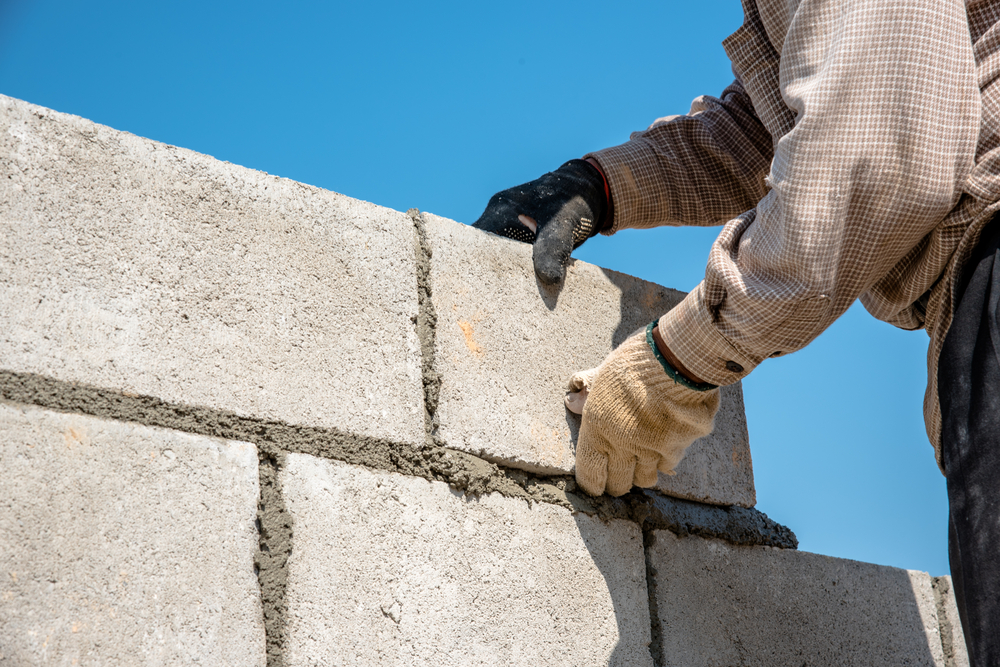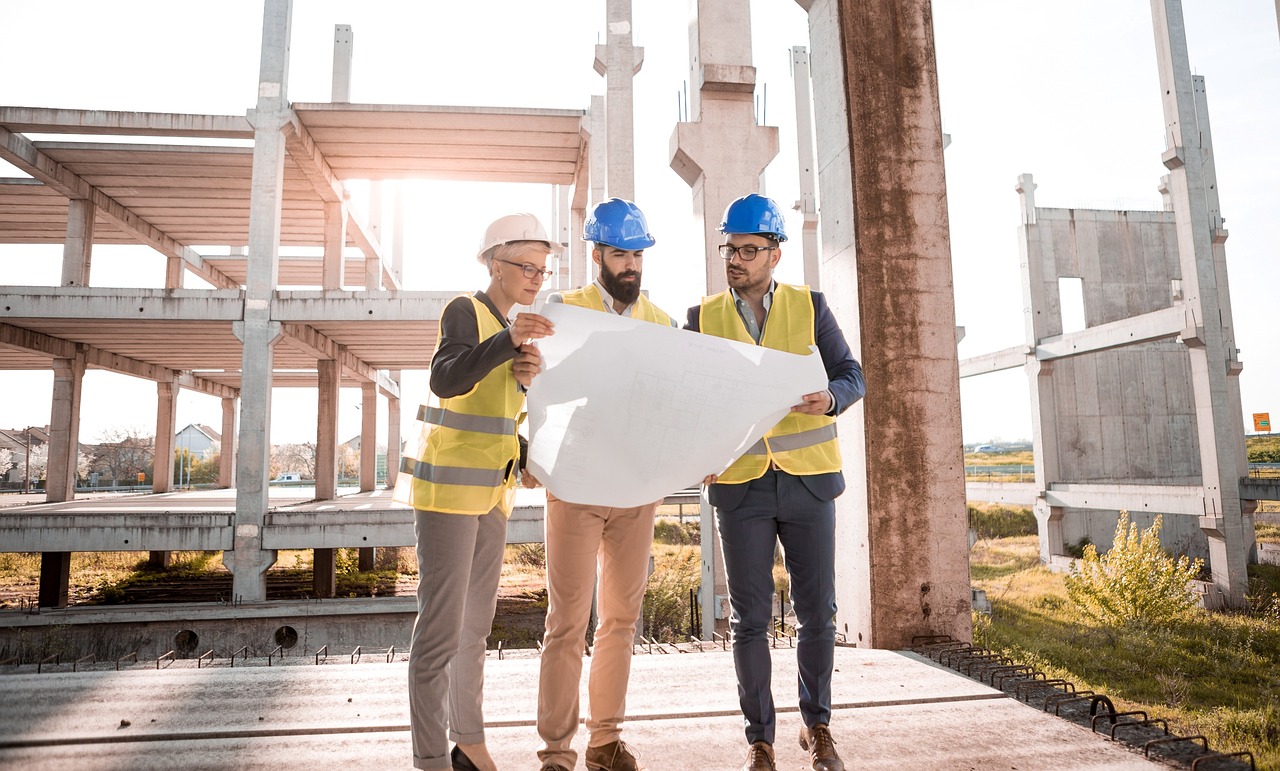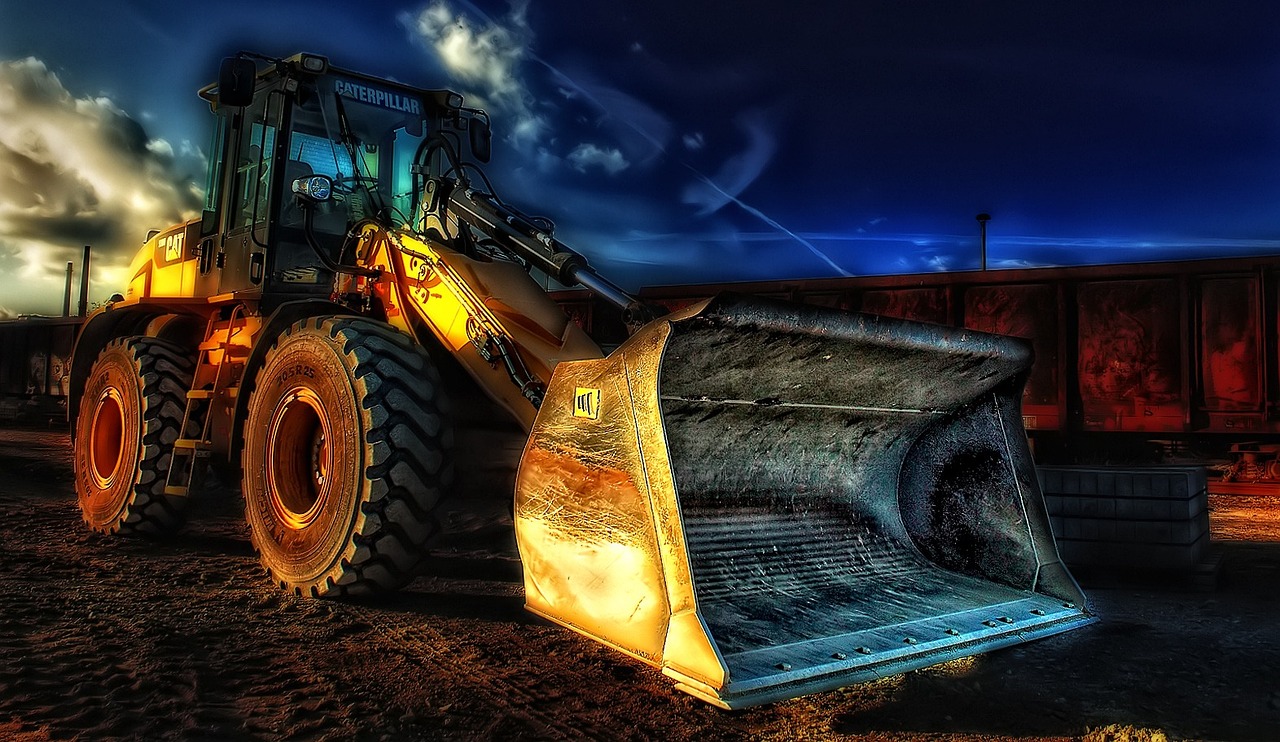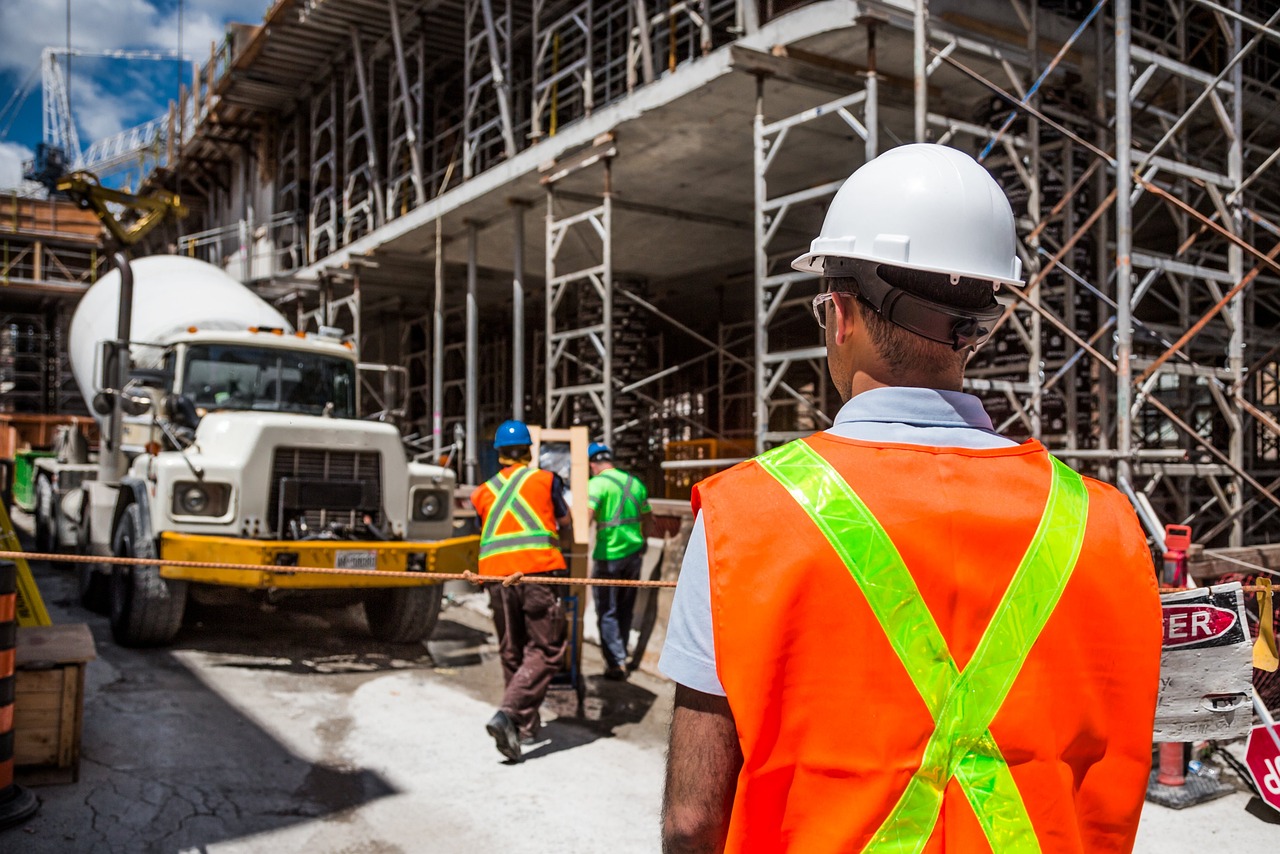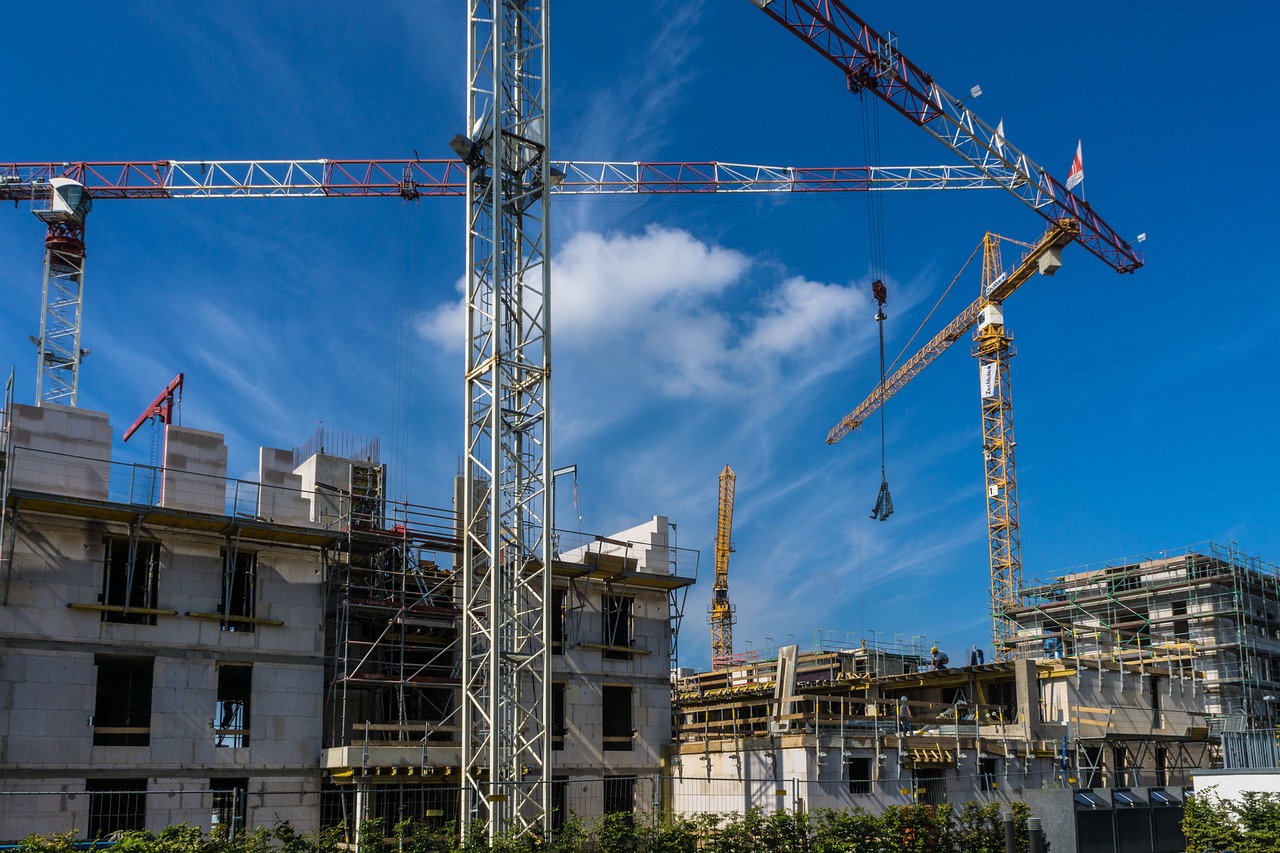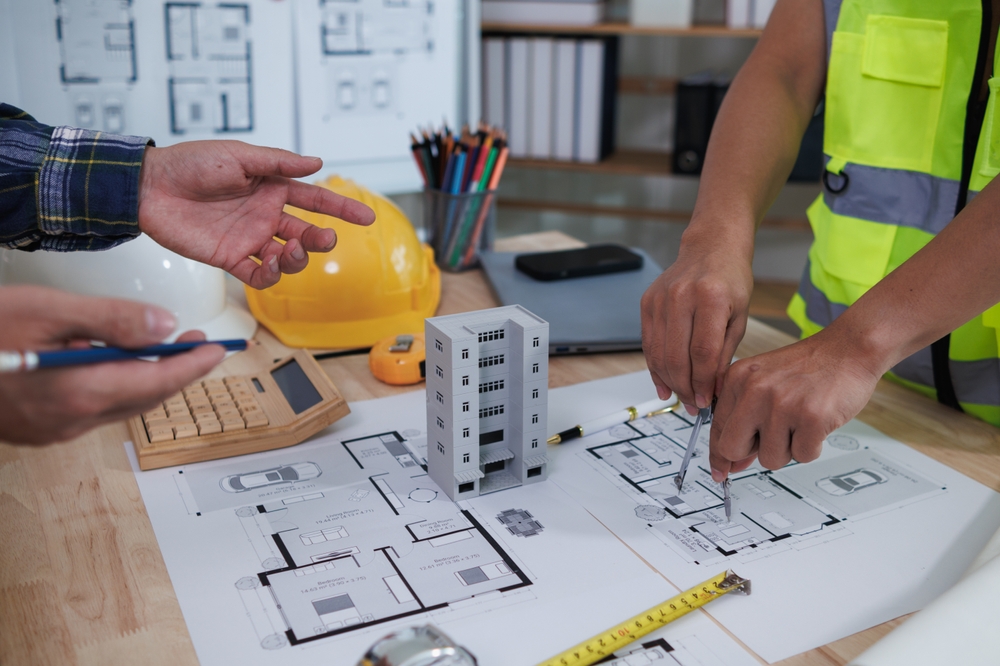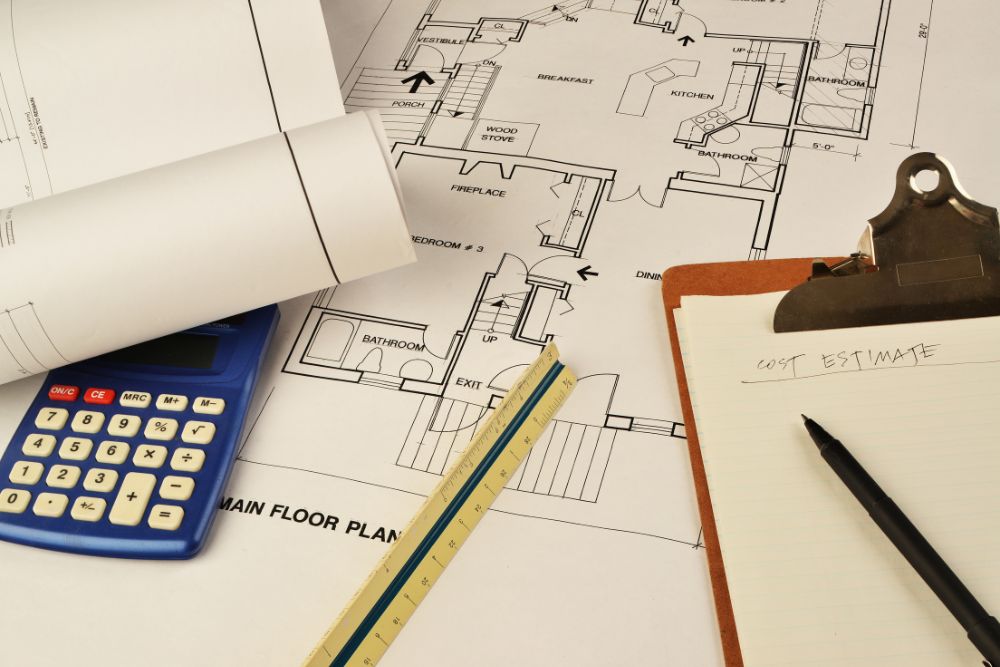Did you know that concrete is the most used building material in the world? Over 4 billion tons are made every year. Masonry is also a popular choice, known for its strength and classic look. It’s often used in both historic buildings and modern homes.
While both are universally applied, concrete and masonry tend to get jumbled, even within the construction industry. How do they differ? What is ideal for your project? These are basic questions that should have proper answers.
In this article, we will break down the distinctions between masonry and concrete, highlight the pain points of choosing the wrong material, address the agitation of common construction dilemmas, and ultimately provide the solution to help you choose the right material for your specific needs.
What is Masonry?
Masonry represents an old building method that joins pre-made building parts with mortar, such as bricks or concrete blocks. People have relied on this technique for many generations because its results are durable and beautiful.
Construction projects use three basic types of masonry elements.
- Brick Masonry: Fired clay bricks are used to build houses and office buildings because of their stability and attractive design.
- Stone Masonry: Uses natural stone such as granite, limestone, or marble. People select stone masonry because of its remarkable strength and use it effectively for constructing basic structures while making beautiful additions.
- Concrete Block Masonry: Industrial and commercial buildings regularly employ large concrete block masonry for their construction needs. It saves money and works better than both stone and brick materials.
Benefits of Masonry
Using masonry technology results in structures that resist heat, endure long-term without damage, and keep internal temperatures stable. Let’s take a closer look at these advantages:
- Aesthetic Appeal: Buildings made of masonry show various beauty choices to home builders who want decorative details in their construction.
- Durability: Masonry buildings stand strong through many centuries but especially when made of stone, which has tested its durability for generations.
- Fire Resistance: Brick and stone materials have natural fireproof traits that boost safety by safeguarding buildings.
- Insulation: Building with masonry provides strong insulation that keeps energy costs down by keeping interior spaces warm.
What is Concrete?
Concrete contains cement and water, and its main aggregates include sand, crushed stone, and gravel. The combination of cement and water inside the formed elements produces a robust structure when poured for concrete molding.
Concrete exists in various types needed for specific applications.
- Reinforced Concrete: It is made by adding steel bars or mesh to regular concrete. This makes it much stronger, so it’s commonly used for bridges and building foundations.
- Precast Concrete: Concrete suppliers create concrete elements in production by pouring the mix into molds and delivering them to work sites. Most builders use this material to construct walls, floors, and support systems.
- Stamped Concrete: Through its unique application method, stamped concrete brings material looks, including stone, brick, and tile, to ordinary concrete. Homeowners select concrete for building their patio areas and paving roads and footpaths.
- Lightweight Concrete: Lightweight Concrete includes special aggregates that reduce its bulk weight to benefit tall building construction.
Benefits of Concrete
People rely on concrete because it displays both robust power and works well while needing little attention. Projects at a large scale often use concrete because of these key performance advantages:
- Strength: Concrete handles heavy weights very well, which makes it suitable for basic and support structures.
- Low Maintenance: After solidifying, concrete requires only basic upkeep, which makes it an easy-to-maintain choice for different project types.
- Versatility: Concrete works well in various forms to help builders create personalized structure designs.
- Cost-Effective: Large-scale construction projects find concrete easier to afford when compared with masonry building materials.
Comparison Table of Differences Between Masonry and Concrete
The two construction materials known as masonry and concrete demonstrate different attributes despite being powerful and long-lasting. These distinctions will help you make a decision about your project by a comparison of masonry and concrete.
| Feature | Masonry | Concrete |
| Materials | Bricks, stone, and concrete blocks | Cement, water, aggregates (sand, gravel, etc.) |
| Construction Method | Units stacked with mortar | Poured into molds and forms |
| Strength | Varies (stone is strongest) | High, especially when reinforced |
| Aesthetic Appeal | High (natural finishes like brick and stone) | Moderate (can be decorative with stamping) |
| Durability | Very durable, especially stone | Durable, particularly with reinforcement |
| Maintenance | Low, but depends on the material | Low and long-lasting |
| Cost | Higher due to labor and materials | More affordable, especially for large projects |
| Fire Resistance | Very high (especially brick and stone) | Moderate to high (reinforced concrete) |
| Insulation | Excellent (especially brick and stone) | Moderate (better with lightweight concrete) |
| Applications | Residential, landscaping, heritage restoration | Foundations, infrastructure, high-rise buildings |

When to Use Masonry vs. Concrete
The selection between masonry and concrete depends on how your project requires materials to perform. This guide will help you understand when each material provides the best solution:
| Masonry | Concrete |
| For Classic Homes_ Gives a timeless, solid look. | For Foundations_ Strong and reliable base for buildings. |
| Outdoor Projects_ Great for patios, garden walls, and landscaping. | Tall Buildings_ Used in commercial and high-rise construction. |
| Restoring Old Buildings_ Keeps the original charm. | Decorative Use_ Stamped concrete looks great on patios and walkways. |
| Infrastructure_ Best for roads, bridges, and highways. |
Choosing Between Masonry and Concrete
Before making a choice between concrete and masonry materials for your project, weigh the following points against each other:
- Budget: Concrete proves a better financial option for major projects, whereas masonry might be reasonably expensive for applications that focus on aesthetics.
- Aesthetic Preferences: Stone and brick lovers should choose masonry since natural beauty best suits their preferences.
- Strength Requirements: Heavy-load-bearing structures need concrete because of its superior strength capacity, particularly when reinforced.
- Project Scope: Large-scale projects that require bases or commercial structures normally use concrete because it offers both practical efficiency and diverse implementation abilities.

FAQs
Do concrete surfaces always look plain?
Not at all. Stamped or colored concrete can be really attractive. You can even make it look like stone or tile.
Which holds up better in extreme weather?
Both are durable, but masonry—especially stone and brick—holds heat better and weathers nicely. Concrete, when properly sealed, also lasts a long time.
Are cinder blocks and concrete blocks the same?
Not exactly. Cinder blocks are lighter and made with coal cinders, while concrete blocks are heavier and made with cement and aggregates. Concrete blocks are more commonly used today.
Is it easier to make changes to masonry or concrete structures?
Masonry structures can be modified by removing or replacing individual units. Concrete alterations are more challenging and may require cutting or demolition.
Final Thought
Masonry and concrete offer construction projects strong durability and distinctive versatility in their applications. The choice between masonry and concrete depends on how your project requires you to build, your design requirements, and your financial capabilities.
Masonry is excellent for traditional-looking structures that require enduring strength. It is also suitable for residential buildings, landscaping, and building restorations. For extensive construction projects that need reliable foundation systems, concrete remains the optimal choice because it offers performance strength at affordable prices.
By comprehending the advantages of these two materials, you can choose the most suitable solution for your project needs.
Not sure whether to use concrete or masonry for your project? Prime Estimation can help with expert advice and clear cost estimates. Contact us today!

